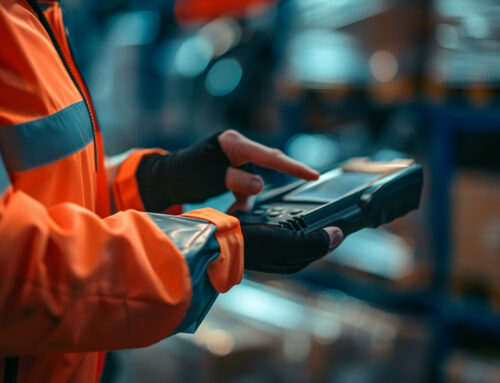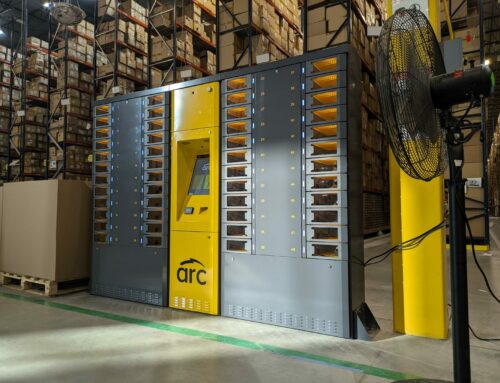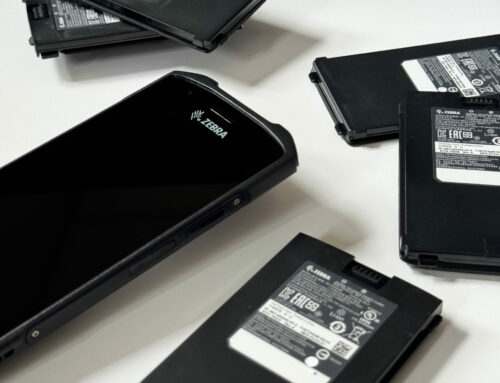In-Store Technology Shoppers Really Care About

As retailers continue to invest heavily in in-store technologies to improve the customer shopping experience, it’s important to take a step back and examine what technologies consumers really care about. The “next big thing” isn’t always what the shoppers want. In the Spring of 2018, consulting firm HRC Retail Advisory surveyed nearly 3,000 North American consumers – from Gen Z to Boomers – on what in-store features they value most.
Here are some of the key findings of their extensive shopper survey:
95% of shoppers simply want to be left alone in stores
Shoppers overwhelmingly prefer to be left alone by sales associates when they’re shopping – unless, of course, they need assistance. Sales associates should always be available, but not obtrusive.
85% of consumers prefer using price scanners rather than sales associates for pricing info
Price scanners are clearly a good retail tech investment. Shoppers are looking for fast help and prefer the efficiency of using a digital price scanner to having to find and ask an associate.

85% of shoppers said a store’s environment was the most important feature when shopping
Creating a positive shopping environment is key to a retailer’s success. Staff, decor, and technology all contribute to the overall shopping experience of a store.
62% of consumers consider BOPIS (Buy Only Pickup In Store) the second most important retail offering
The BOPIS trend is showing no signs of slowing down. Back in February of 2017, we conducted our own survey of over 2,000 shoppers, asking them if they’ve ever bought an item online and picked it up in store. About 40% of shoppers we surveyed had already taken advantage of BOPIS – a number that’s already increased by over 50%.
Free in-store Wi-Fi is still important
Despite the 2017 comeback of unlimited data plans, shoppers still value free Wi-Fi, with 30% of respondents considering it an important in-store feature. The rate was even higher among younger shoppers, who are likely to use social media to share pictures and gather opinions from their friends and family before making purchases.

In-store features and technology that provide information, recommendations, or a convenience rank higher than other offerings
76% of the HRC survey respondents ranked an in-store app that provides personal recommendations as important. Compare that to 52% who preferred an in-store personal shopper when shopping for technology products. Scoring a deal is also important for consumers with nearly 34% of shoppers ranking receiving promotional and sales information directly via their smartphone when entering a store as important.
Shoppers prefer digital scanning to mobile payments
One of the more surprising findings from the HRC survey is that nearly 30% of respondents said that being able to pay a sales associate from anywhere in the store is important, but only 8% said that having the option to pay for their purchases via the store’s app was a significant factor in improving their shopping experience.
Only 17% of shoppers think dressing room technology is important
Retailers may want to think twice before investing in technology for technology’s sake. Shoppers are less excited by smart tech toys and more interested in SMS push notifications of in-store sales and practical conveniences like price scanners (and free phone charging stations!).
Only 19% of consumers think in-store events are an important part of a store’s offering
Special events designed to foster a sense of community were not the most important part of a store’s offering. Gen Zers placed a slightly higher value on events (24% consider them important), making them worth developing for stores targeting the teen demographic.
It’s no secret that retailers must adapt to shifting consumer expectations in order to thrive in the market. Technology should solve a real problem for the customer and create a positive shopping environment. Pairing the right technologies (tailored to the needs of the retailer’s specific customer base) with the best overall retail environment is the key to a successful long-term retail strategy.








